
You’ve probably never seen Jym Davis’s face—and he wouldn’t have it any other way. It’s not because of his unwavering commitment to Internet anonymity (although, if there were “a club for those people who never want to have their image put online,” he would join it). It’s because Davis loves masks. Through his Instagram account @_false_face, Davis posts all manner of masks—archival images, prosthetics, experimental artworks—harvested from every corner of the Internet (including his own eerie creations) for his more than 225K followers. Here, Davis tells CULTURED about his fascination with masks, his thoughts on anonymity, and the art of catfishing.
CULTURED: Describe your audience in three words.
Davis: Curious. Open. Imaginative.
CULTURED: How did you start@_false_face?
Jym Davis: I had a normal Instagram like everyone else until 2014. At that point, I stopped doing my traditional painting and video work and switched exclusively to creating these theatrical mask and outfit photos. I was really burnt out on creating work for other people and was ready to create my own worlds.
CULTURED: Why masks?
Davis: I liked the way that masks hide—but also reveal—people's personalities. Cultures all over the world, throughout history, have discovered that when a person wears a mask, it transforms them. It can change the way they move and interact with other people. That was interesting to me, and I wanted to pursue it in my personal artwork. One of the nice things that I also discovered is how much people enjoy art that they can touch and wear and be a part of. People have become so accustomed to art being something in a gallery that cannot be touched. I was pleasantly surprised by how much people enjoy picking up, handling, and wearing my work.
ULTURED: Thoughts on being anonymous on the Internet?
Davis: Anonymity is in short supply these days. I thought about forming a club for those people who never want to have their image put online. I am coming around to that idea myself. I actually think that is why the False Face Instagram account is so popular. People are exhausted from the pressure of overexposure. They crave anonymity, even if they don't know it consciously.

CULTURED: Is there one mask that’s your golden goose—either in terms of finding and posting a photo of it online, or being able to see and wear it in person?
Davis: Yes, the large felt heads by @fluff.faun are amazing. There is so much texture and detail that I would love to see them in person or wear the heads.
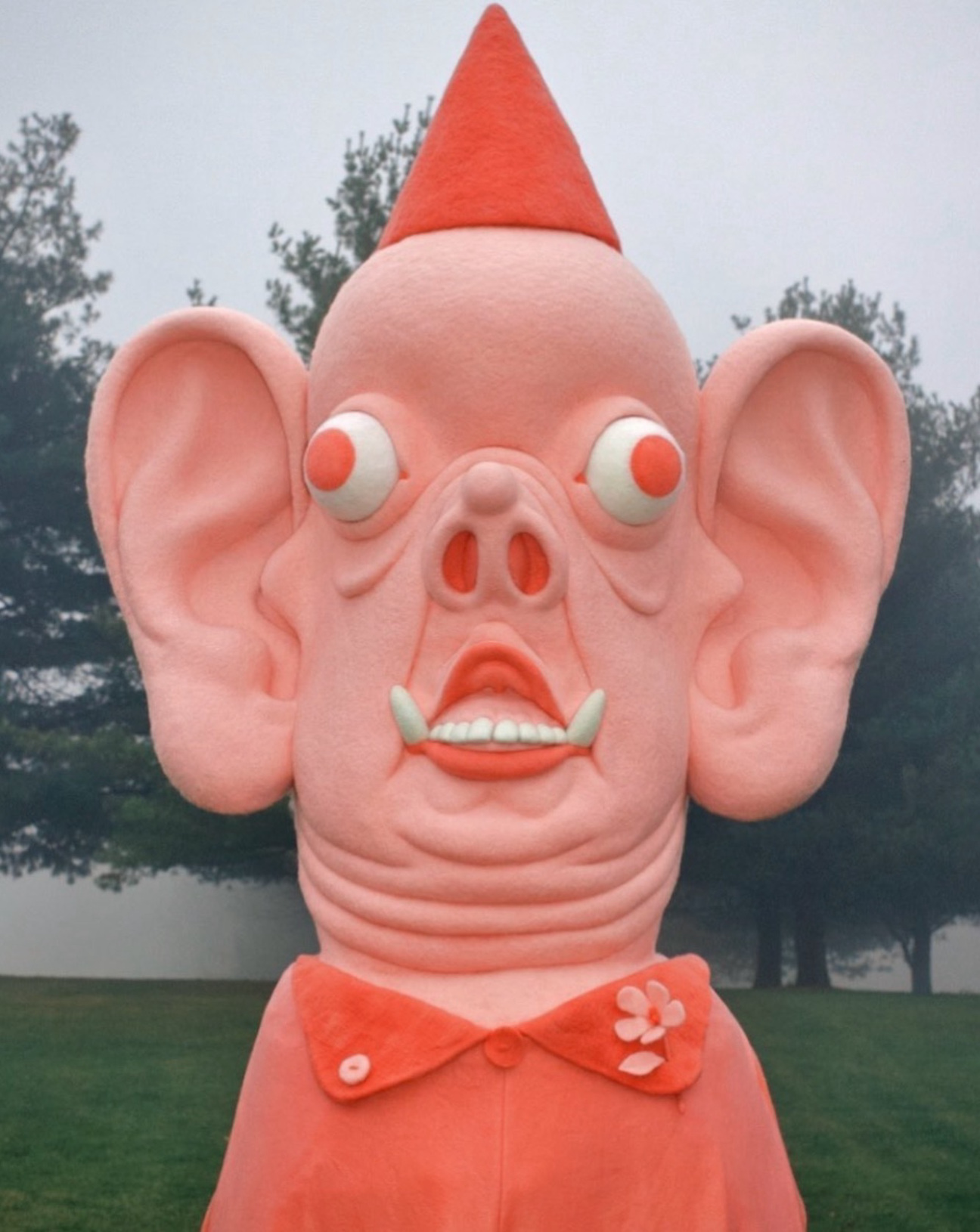
CULTURED: Is there one mask you made that’s especially important to you?
Davis: I really love one bat mask that I made during an artist residency in Arizona. That was the first mask I was fearless with—I just decided to go all out. It was so big and bulky I had to ship it home to Atlanta in pieces and then reassemble it. That piece was also special because it was directly influenced by wildlife. The Townsend’s Big-eared Bat in Arizona inspired it. That time in Arizona was special for me, living in the desert and making masks.
CULTURED: How do you know when a certain piece is worthy of being reposted?
Davis: I look for artwork that has something that is unique—not cosplay, but a world-building vision. But I also try not to overthink it. If something surprises and delights me, then I know it will connect with other people. I want to see people wearing and interacting with artwork in an interesting way.
CULTURED: What is the strangest place you’ve found a mask?
Davis: I'm always delighted by the strange, sometimes hidden mask festivals that still happen in Europe. Most people know about Krampus, but there are also a lot of very old festivals in the British Isles, Switzerland, Sardinia, and all over Eastern Europe. I love those festivals because they're not thought of as weird—they're just doing their thing. Unfortunately, we have left behind a lot of those really cool festivals in America.
CULTURED: What's the craziest DM you've ever received?
Davis: I've gotten some absolutely bonkers messages, as you can imagine. One person kept harassing me about the masks that I make with bells on them. They claimed that the bells were causing animals to go insane when I wore them outside. The message started with, "Kill your own ego, Jym." As usual, I did not respond. I'll see if I can find the message…Actually, maybe I shouldn't screenshot that, just in case the person is out there 😂
CULTURED: Who do you block?
Davis: Surprisingly, I don't block that many people. I always try to respond to messages because most of them are respectful people who are interested in the process of mask-making. I usually leave up mildly negative comments on posts, unless they are just mean-spirited. Most artists do like constructive criticism. I find that most people understand the feed and get what I'm trying to do.
CULTURED: What does your explore page look like?
Davis: There is a lot of unusual art on my explore page. One in 15 of my False Face posts comes from there. Unfortunately, I've been getting a deluge of AI art recently. I've posted a couple of mask-related AI art pieces in the past, but I've decided not to do that anymore. It is somewhat destructive to artists in my opinion.
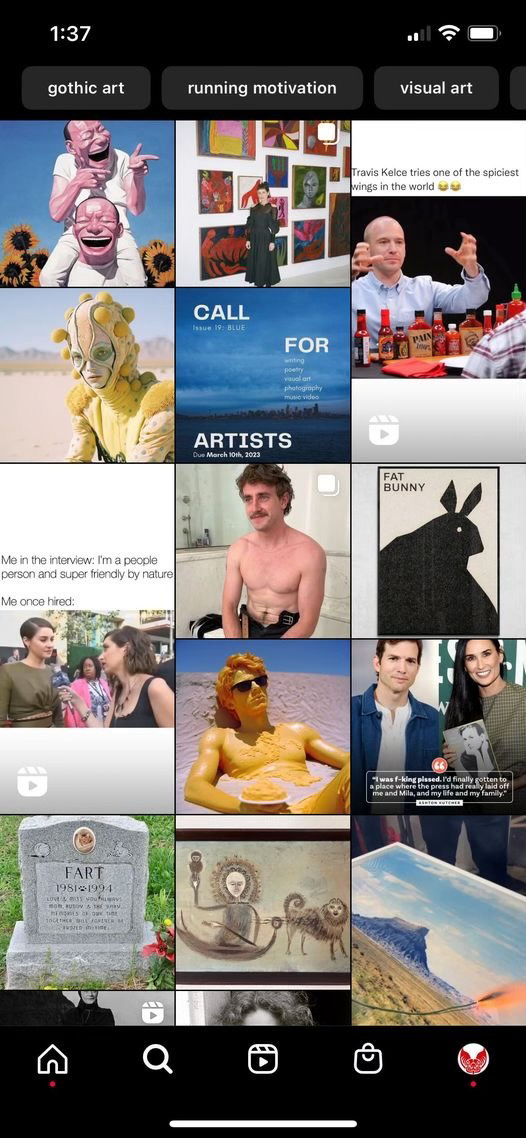
CULTURED: What were your last three google searches?
Davis: Hold on.

CULTURED: What’s the most recent Internet rabbit hole you’ve fallen into?
Davis: I rewatched Groundhog Day because of the holiday and went down a rabbit hole of theories about how long Bill Murray’s character was stuck in that time loop. The movie studio claimed it was two weeks, but that's impossible. It had to be about seven years or longer for him to learn all those skills and know so much about the town. But it's a fun mental game. Great movie.
CULTURED: What are three accounts that everyone should follow?
Davis: @thefolkarchive, @publicdomainrev, and @alicehualice, who makes weird masks and costumes.
CULTURED: What is the best and worst thing about having over 200,000 followers?
Davis: The best thing is connecting with so many people all around the world, I like finding artists who do the kind of work that I do; it helps you feel less isolated. The toughest thing is the number of DMs that you receive. I wish I could reply to everyone, because most people are nice and want to help me find posts.
CULTURED: What are your thoughts on catfishing?
Davis: As in getting people to believe you're somebody else, and drawing them in?
CULTURED: Yes, exactly.
Davis: It seems sort of terrifying to me. A symptom of the Internet that will never go away, I guess. Maybe it is taking False Face to a whole new level? Haha. I think it ties in with my previous answer about people wanting to be something else. That can be expressed in a healthy way like with artistic masks and outfits or in a malicious and poisonous way, like trying to fool another person. But I think it's important to recognize that there is a desire in every person to either be someone else or to transform into something else.

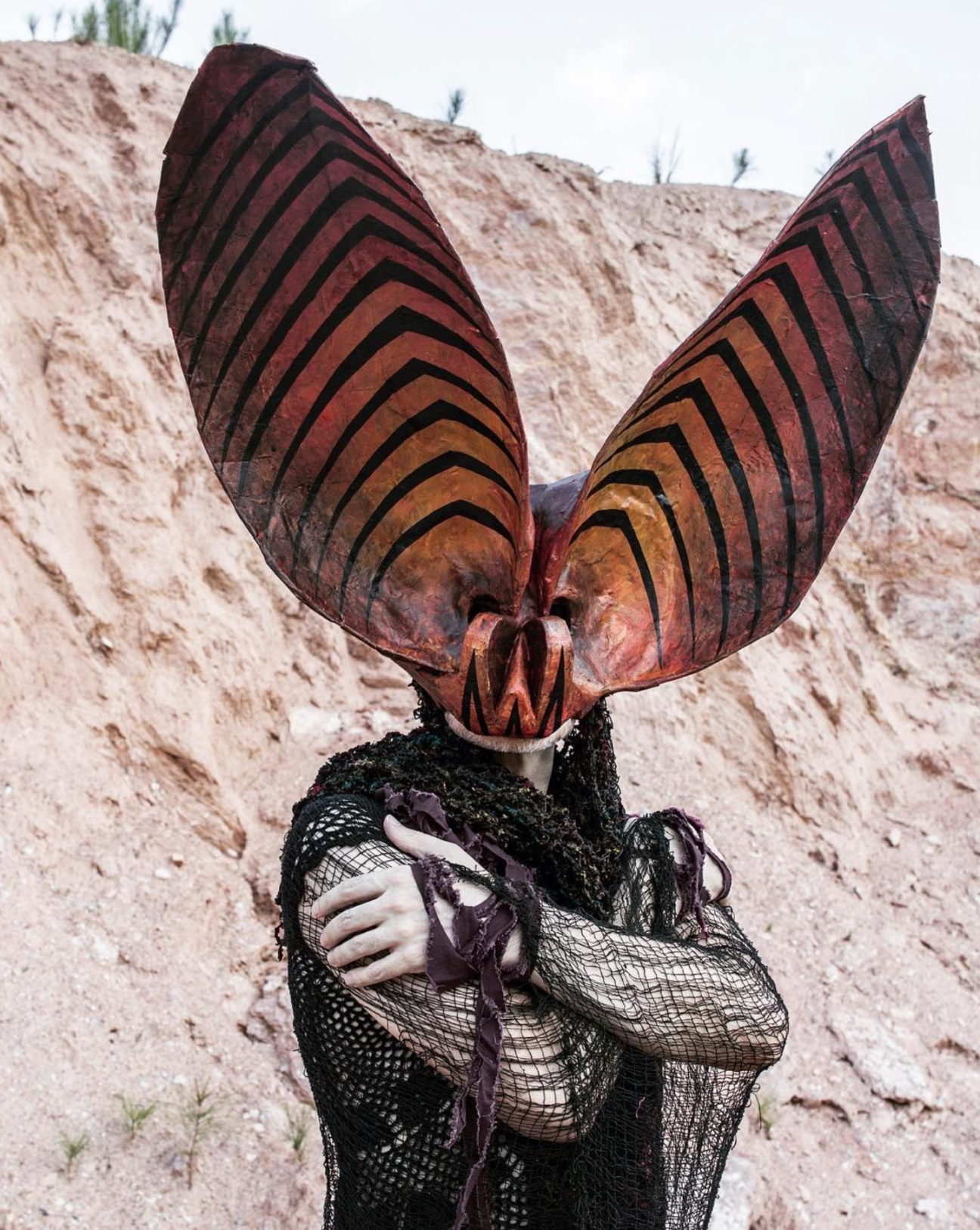
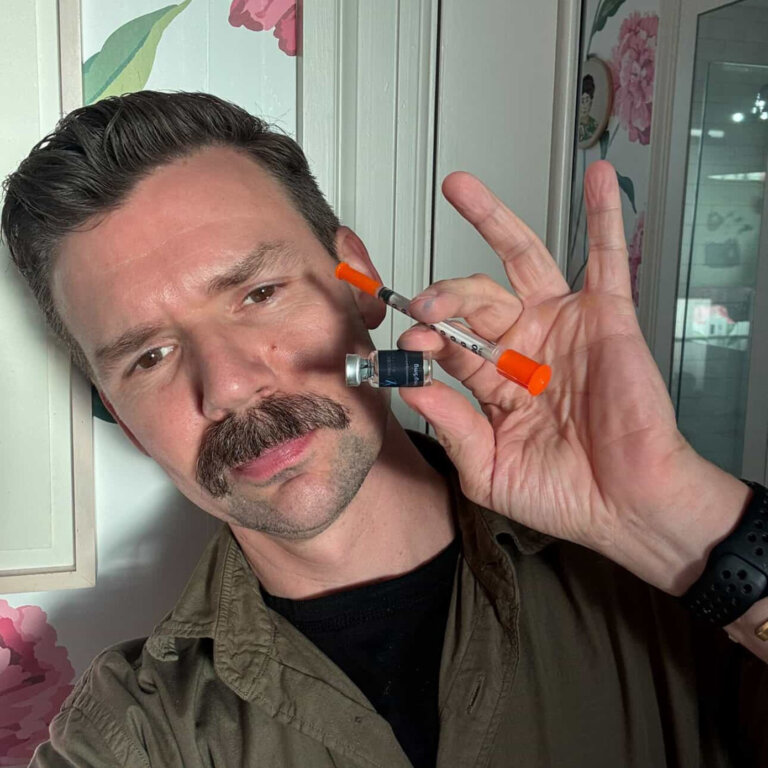
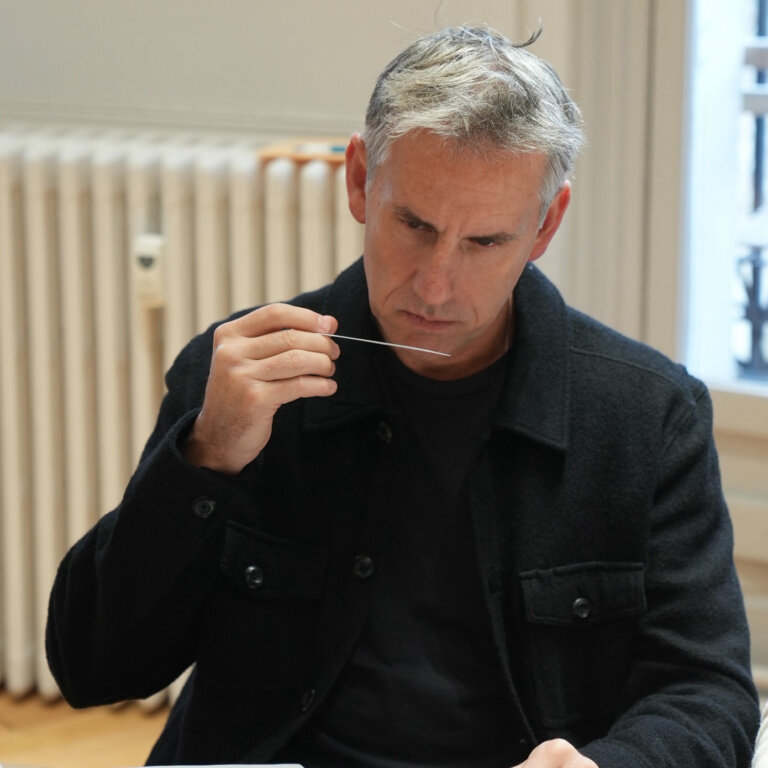
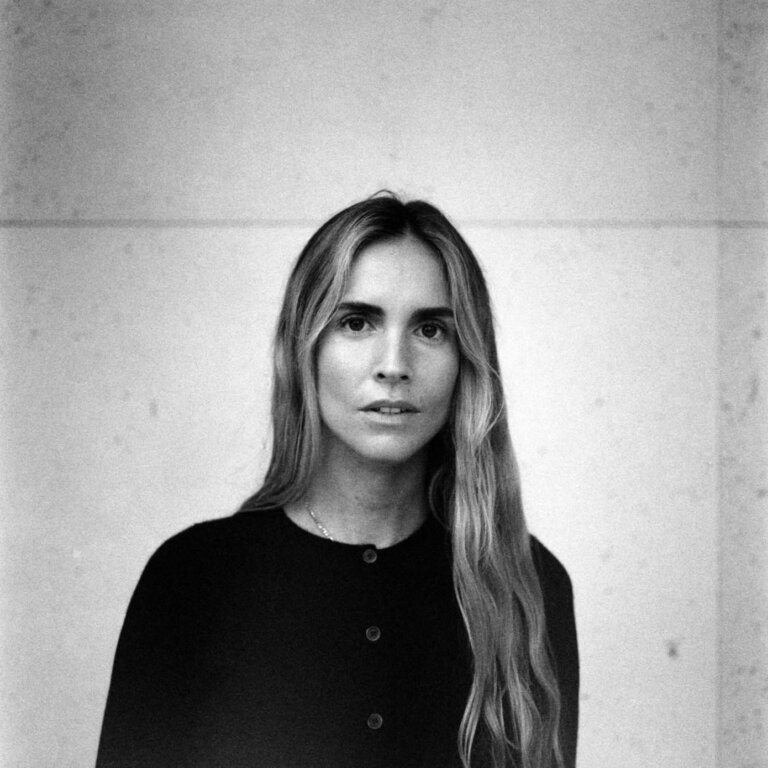

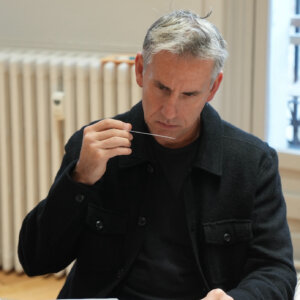




 in your life?
in your life?

